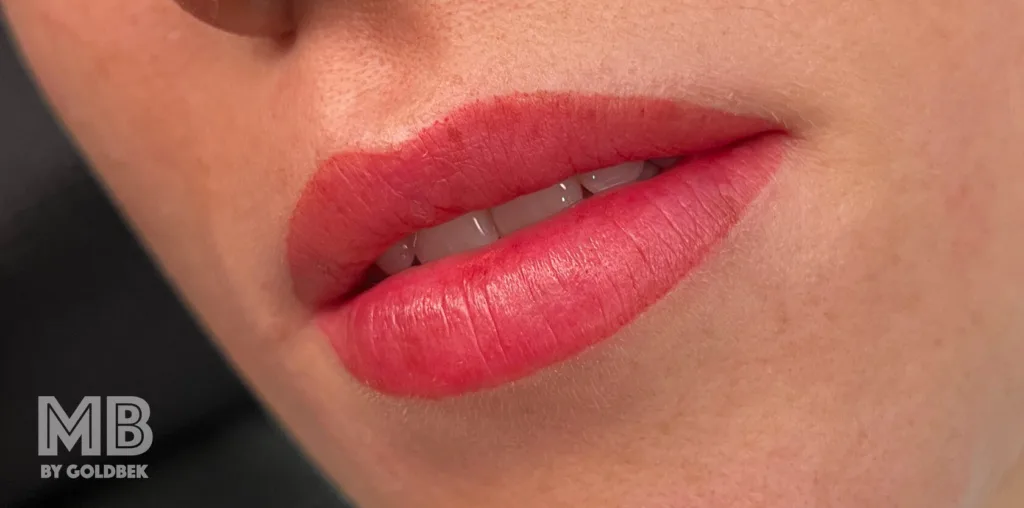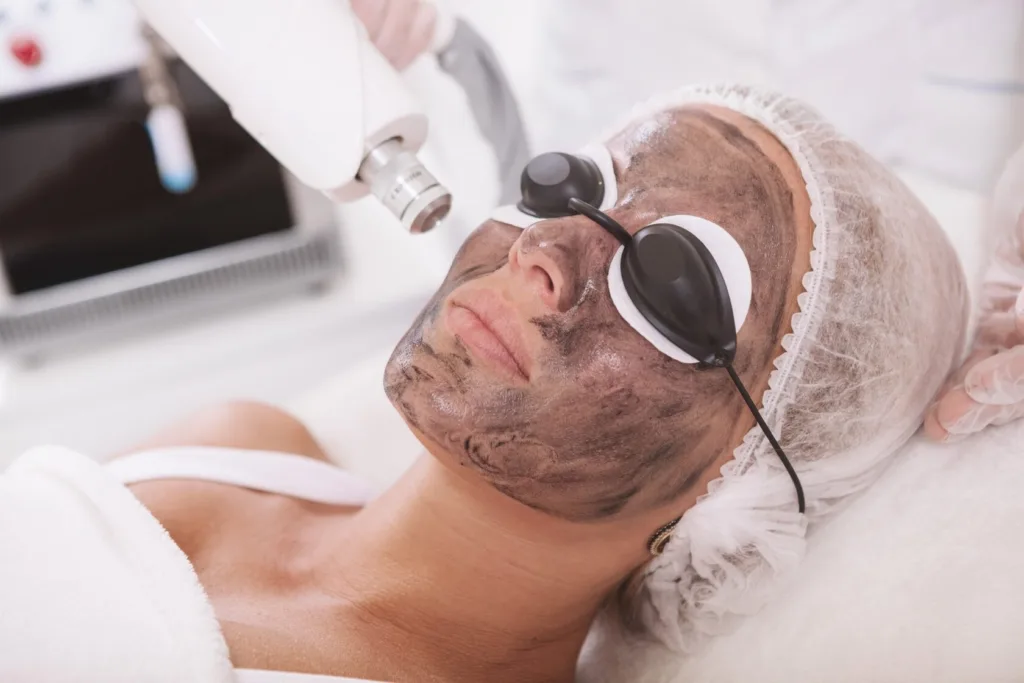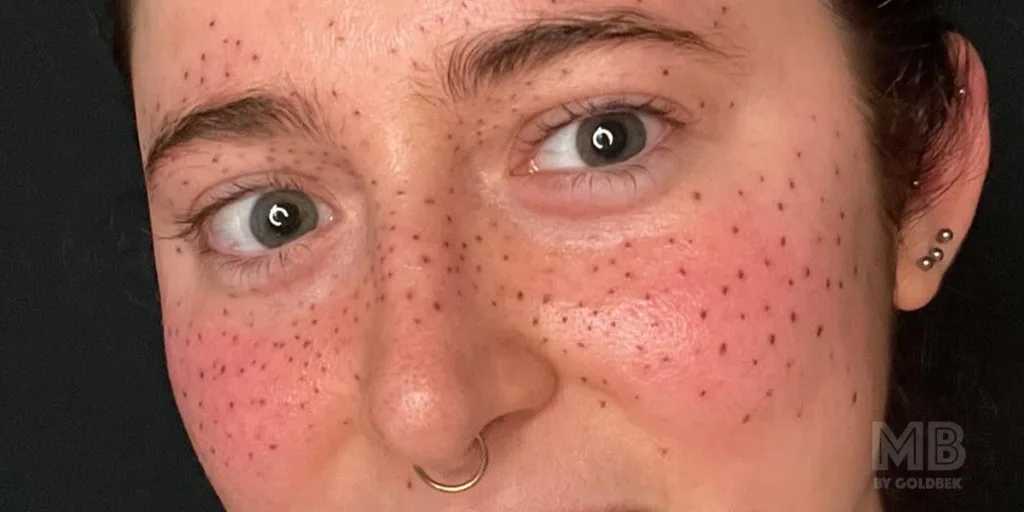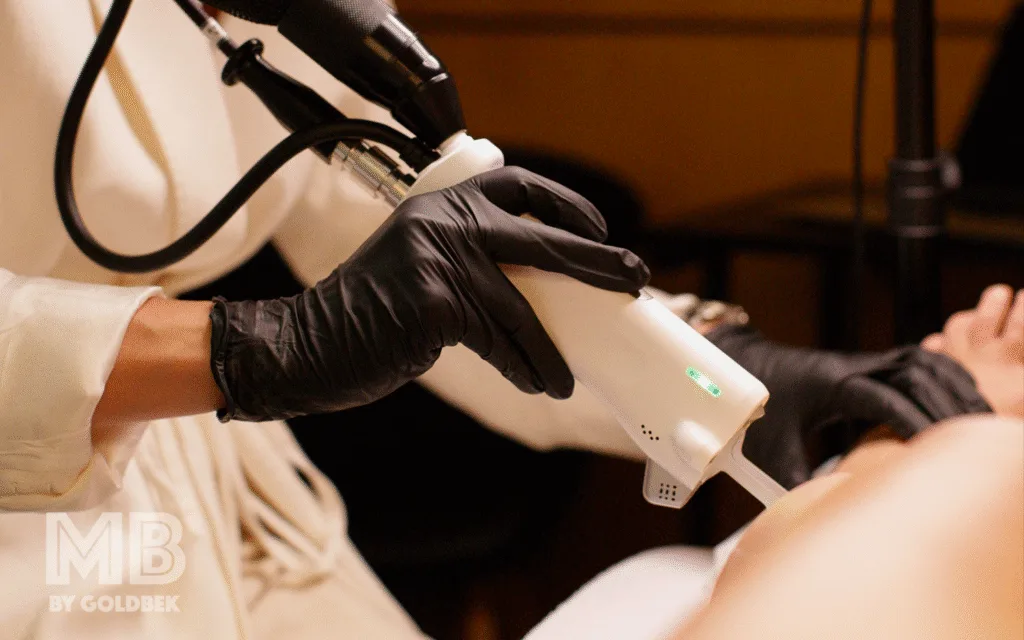
Laser hair removal is the most reliable and modern method for removing unwanted hair. Unlike waxing, sugaring, and shaving, which do not destroy the hair roots and are called depilation, laser treatment targets the hair follicles directly, providing a permanent solution.
Understanding the differences in treatments and the fact that not all lasers are equal is crucial, as the choice of laser machine significantly impacts the effectiveness and safety of the treatment. However, we’ve noticed that most clients have very little understanding of laser technologies and don’t take the time to research or learn about the treatment properly—instead, they blindly trust the specialists.
We, on the other hand, strongly recommend doing your research before booking a session. Understanding how laser hair removal works will help ensure that your treatments are not only as effective as possible but, most importantly, safe for your health.
This article will be especially helpful. We will cover all aspects of the treatment, including a comparison of lasers, which of them is safer and effective, what lasers you should avoid, why not all lasers are the same, and how to ensure successful, long-term results.
What should you pay attention to when choosing a laser hair removal service?
1. The most important factor is certification. Ensure the laser machine has valid FDA and CE certificates, as this indicates high safety standards and quality.
As an example, we’re attaching a certificate for our FDA-approved Clarity II laser
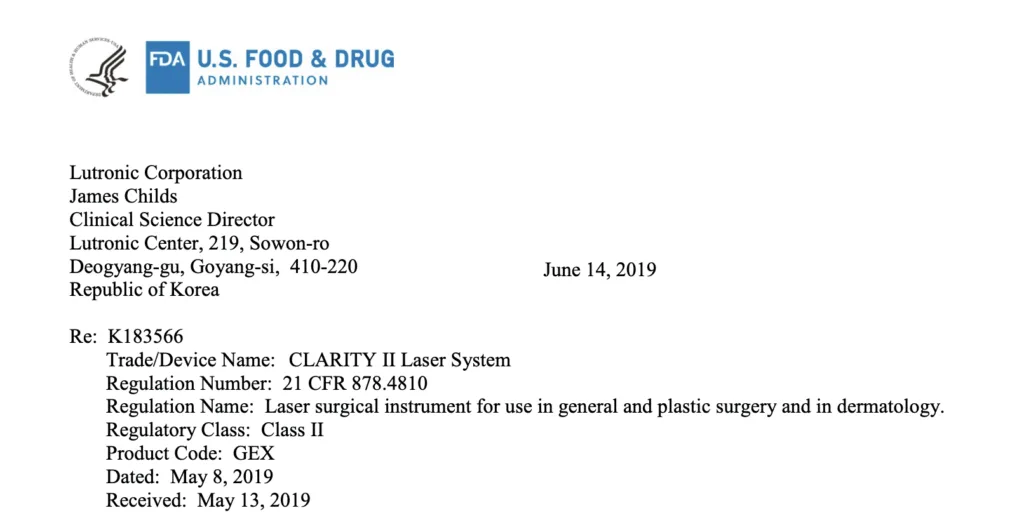
Take a close look: proper documentation always includes the exact model name, the brand, and references to clinical studies.
In contrast, Chinese-made lasers typically do not mention a specific model, and the same generic certificate is often used for multiple machines—which is a clear red flag.
2. Choose only reliable and well-known laser brands, such as Cynosure, Lutronic, or Candela, Deka. Pay close attention to the laser technology—this determines up to 70% of the result.

Laser treatments are expensive because these machines have a high cost. However, using professional-grade lasers by your techs means that your treatment course will be shorter compared to cheaper Chinese alternatives. This allows you to achieve your desired results faster, saving both time and money in the long run.
3. Next point: always choose original, professional-grade machines. Be cautious of Chinese knock-offs—they are often uncertified, lack clinical research, and pose safety risks. Their effectiveness and safety have not been scientifically proven.
4. And of course, choose a specialist who is just as invested in achieving high-quality results as you are.
At our studio, Madeira Beauty, we offer a free consultation where you can meet us in person, see our equipment, look around our workspace, and ask us any questions you may have.
5. Also, please inquire with your specialist about the laser they use—and afterwards, conduct your own research. Utilize Google to read about the machine, or simply open Instagram and check the hashtag for that laser model to see which clinics are using it.
For instance, our favorite laser—the Clarity II—is a premium device typically found only in top clinics around the world.
Types of Lasers and Which One Is Best for Your Skin Type
Choosing the right laser depends on your skin type. It’s best when a clinic offers a variety of lasers to customize treatment. For example, at our clinic, we use the Alexandrite laser along with ND:YAG laser, which allows us to work safely with all skin types.
The Alexandrite laser (755 nm) is the gold standard, delivering fast, effective results in fewer sessions. The latest Clarity II™ can target even the finest hairs, making it ideal for light skin types (I–IV).
ND:YAG laser (1064 nm) is safest for dark and tanned skin, reducing pigmentation risks for skin types V–VI.
Diode laser (808 nm) is affordable and effective on light skin with dark hair, but usually requires 12–14 sessions, which is twice as many as Alexandrite.
You can read more about the types of lasers and their advantages in our article How Does Laser Hair Removal Works?
Unlike premium technologies that use medical-grade crystal optics and dual wavelengths (such as the Alexandrite & ND:YAG laser hair removal machine), most Diode lasers rely on simpler, lower-cost components and a single-wavelength approach. This can make treatments less customizable and potentially less effective on fine, light, or deeply rooted hair.
The professional community strongly prefers modern, proven lasers over outdated models like diode lasers. In fact, almost no reputable clinics today rely solely on diode lasers. They are generally considered less effective and less safe and often come from unreliable sources, especially many Chinese-made diodes without proper certification or proven efficacy.
How to Prepare for Laser Hair Removal for the Best Results
Carefully follow your specialist’s recommendations, as preparation may vary depending on the type of laser used.
- Use only shaving to remove hair in the treated area — no waxing, plucking, or epilation.
- For Diode lasers, the area should be cleanly shaved right before your session.
- For Alexandrite lasers, it’s best to shave the area in advance and leave about 1 mm of hair.
- Avoid active sun exposure for at least a few weeks before the session, especially if you’re having alexandrite or diode laser treatments.
- If your technician uses an ND:YAG laser, the procedure may be safely performed even on tanned skin.
- Stop waxing or using epilators at least one month prior to treatment.
- Avoid aggressive skincare products (like acids or retinoids) in the days leading up to the procedure.
- Arrive with clean, product-free skin, and wear loose, comfortable clothing to your appointment.
Our Pre-Laser Hair Removal Recommendations
Important Things to Pay Attention to During the Treatment
– Eye Protection: Your technician should always provide you with protective glasses to safeguard your eyes during treatment.
– Assessment of Skin Lesions: Any moles, pigmented spots, or skin growths should be verified as benign (generally white or unraised). You should not experience excessive pain when these are treated.
– Customized Settings: Your specialist should adjust the laser settings specifically for your skin and hair type. If you feel too much pain at any point, be sure to inform your technician immediately.

We hope we have successfully conveyed that there are different types of lasers, and it is very important to understand which one is suitable for your skin and which device is best to use for effective results. Prioritizing safety and choosing the right technology will help you achieve the best outcome while preserving the health of your skin.


